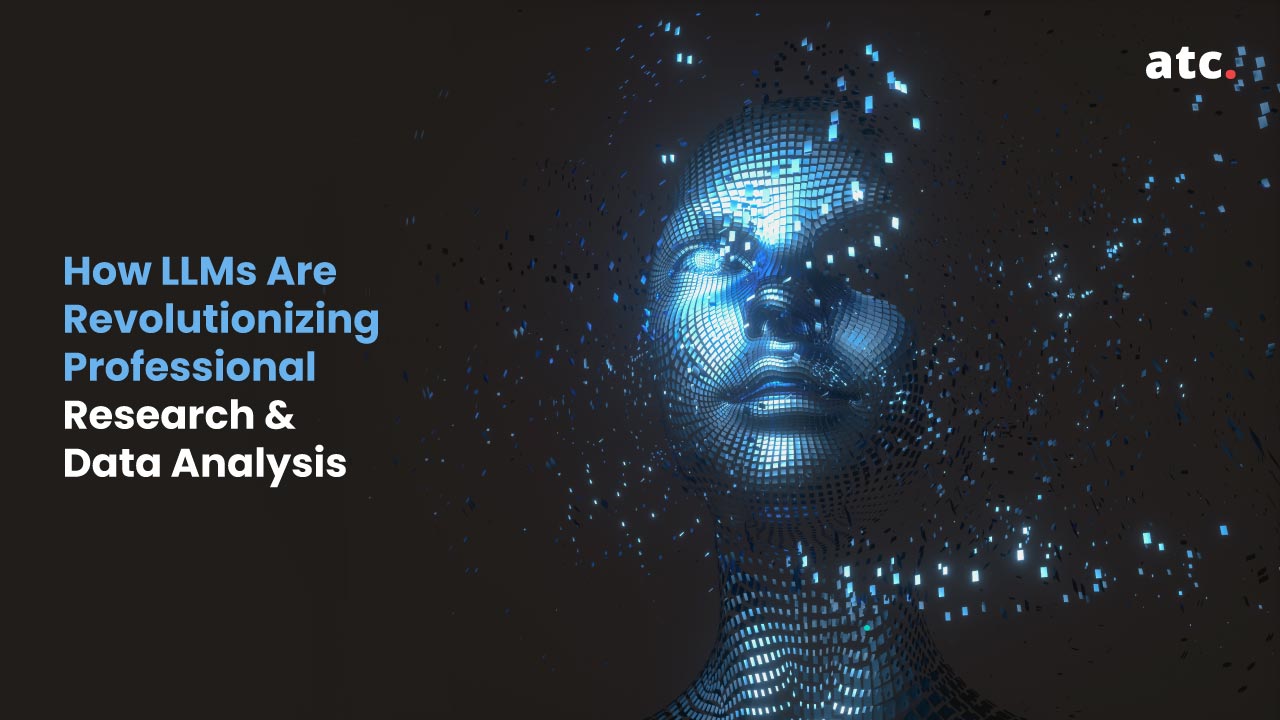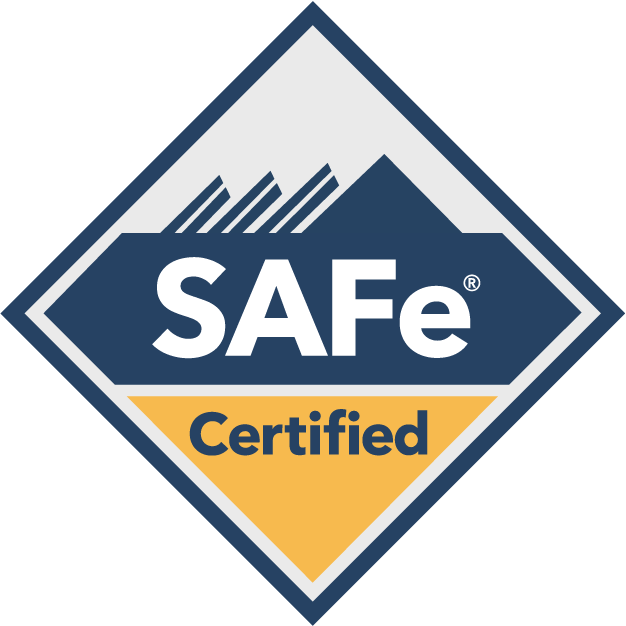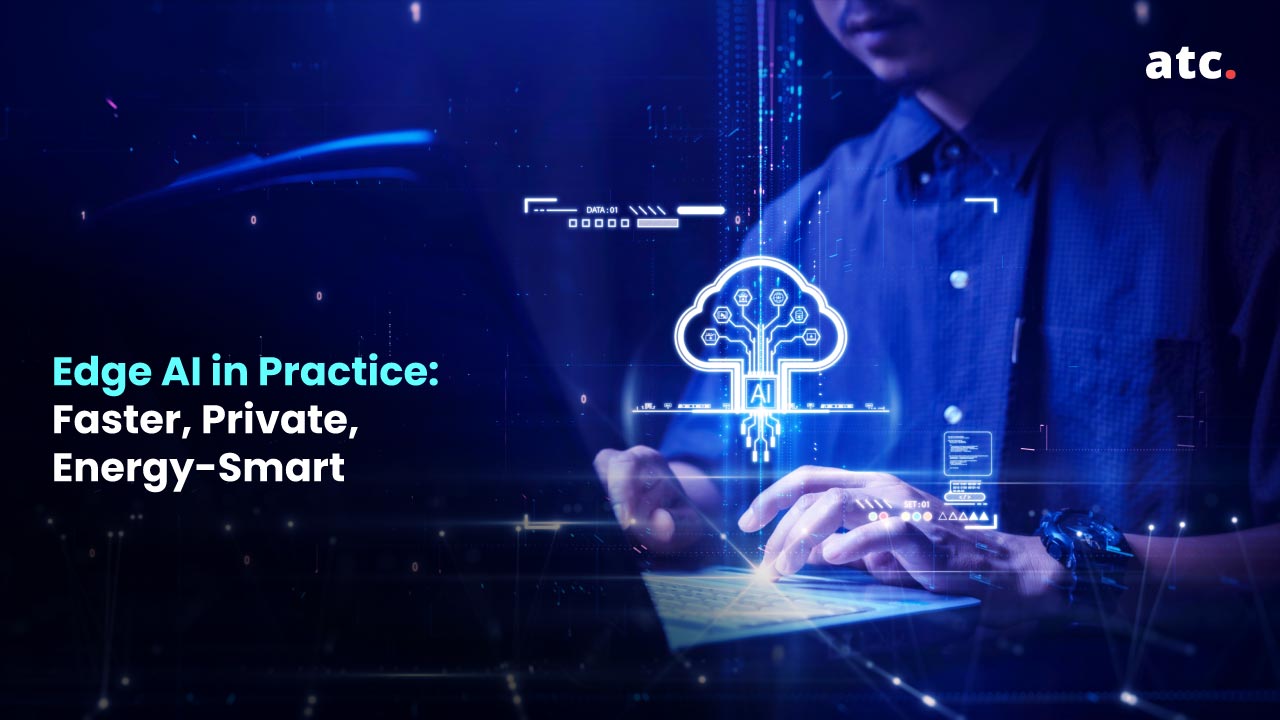Subscribe to the blog
Introduction
Research used to be a nightmare. You'd spend entire mornings drowning in PDFs, jumping between browser tabs until your computer started crying, and somehow trying to remember where you saw that one crucial stat three hours ago. We've all been there, right?
Then these language models showed up and basically said "hold my beer" to the entire research industry. And look, we're not talking about some fancy search engine that spits out blue links. These things actually read your stuff, connect dots you didn't even see, and hand you insights while you're still figuring out what questions to ask.
The real game-changer? Something called RAG - Retrieval Augmented Generation. Sounds nerdy, but it's actually pretty cool. It lets these models dig into your actual company documents instead of just spouting random facts they learned years ago. For dedicated learners who are prepared to transform their practice, formalized training can be a force multiplier. The need for AI-related skills is increasing more year-to-year, and with companies like Salesforce and Google taking on increasing amounts of staff in AI and other roles but still operating with talent shortages, organizations can work with specialized, structured programs to close the skills gap in much quicker timeframes.
We're going to break down exactly how to make this work without all the technical mumbo-jumbo. Real talk - no BS, just stuff that actually helps.
What These Models Actually Do for Research
Remember dial-up internet? That's basically what traditional research feels like now. You type some keywords, pray to the search gods, then spend forever trying to piece together a story from fragments.
These language models work totally differently. They don't just match words like robots - they actually understand what you're getting at. When you ask about "renewable energy trends," they know you probably want solar stats, wind power growth, policy changes, market forecasts. All that good stuff, even if you didn't spell it out perfectly.
But here's the kicker - they don't stop at finding information. They actually do something useful with it immediately. Traditional tools are like that friend who finds your lost keys but won't tell you where they are. These models find the keys AND drive you home.
We can now analyze multiple documents simultaneously without losing our minds. Spot patterns across completely different data sources. Get suggestions for research angles we never would've thought of. It's honestly pretty wild when you first see it working.
Speed matters too. Tasks that used to eat entire afternoons now happen during lunch breaks. And we're not talking about simple copy-paste automation - this is smart processing that adapts to weird requirements and actually explains its thinking.
The versatility is nuts. Spreadsheet data? Sure. Messy research papers? No problem. Mixed content with charts and images? Bring it on. This means we can finally build research workflows that actually make sense instead of jumping between fifteen different tools.
Understanding the Research Stack
RAG:
RAG sounds like something from a tech manual, but it's actually straightforward. Imagine your language model has a really good research assistant who can instantly grab relevant stuff from your own documents and databases.
Instead of only using what the model learned during training (which could be outdated or totally irrelevant to your specific situation), RAG systems first hunt through your actual content. Then they feed the good stuff into the model before it starts writing.
Here's the basic flow:
- We ask our question
- System converts the question into mathematical patterns (embeddings - fancy word for "meaning math")
- Database hunts for content that matches what we're asking
- Found documents get mixed with our original question
- Model generates an answer using both its background knowledge and our specific information
Embeddings and Vector Databases
Embeddings are basically a way to turn words into numbers that capture meaning. Similar concepts end up near each other in this mathematical space, which enables really smart searches.
When we ask "What's happening with clean energy adoption?", the system doesn't just look for those exact words. It finds content about solar panel installations, wind farm projects, government incentives - even when they use completely different terminology. Pretty slick.
Vector databases like Pinecone or Weaviate store these mathematical representations and can search through millions of documents in milliseconds. Once you experience this kind of search quality, going back feels like switching from Netflix to cable TV.
Context Windows and Chunking
Here's where things get a bit tricky. These models have limits on how much text they can process at once - called context windows. Usually somewhere between 4,000 to 128,000 tokens depending on the model.
For big documents, we need to chop things into smaller pieces without losing meaning. This chopping process is called chunking, and there's definitely an art to it. Good chunking considers document structure, keeps related ideas together, and overlaps pieces slightly so nothing important falls through the cracks.
Writing Good Prompts
Getting decent results often comes down to how we ask questions. Not just being polite - though that doesn't hurt - but providing clear instructions, relevant context, and specifying exactly what we want back.
Effective prompts usually combine several elements: role definition, task instructions, background context, format requirements, and any constraints we want to emphasize.
Prompt Engineering for Research
Getting good results often comes down to how we ask questions. It's not just about asking. It's about giving clear instructions, relevant background, and specifying exactly what kind of answer we want.
Good research prompts combine several things: a clear role, specific task instructions, relevant background information, formatting requirements, and any limits or focus areas we want to emphasize.
Here's a basic structure that tends to work well:
Role: You are a research analyst specializing in [domain]
Task: Analyze the provided documents for [specific objective] Context: [Retrieved document chunks]
Format: Provide findings in [structured format]
Constraints: Focus on evidence from the last [time period]
Real Workflows That Actually Work
Literature Reviews That Work
Let's walk through setting up a literature review process that won't make you want to quit your job. This is probably what most people try first, and honestly, once you see the time savings, you'll question everything about how research used to work.
Getting Documents In
Start by feeding research papers, reports, and articles into your vector database. Pro tip: tag everything with dates, authors, and topics. This makes searching way more precise later.
Crafting Smart Questions
This is where good prompt writing pays off big time. Instead of asking "summarize these papers" (which gives you garbage), get specific:
"Review these 15 papers on machine learning interpretability. Create an annotated bibliography covering: - Main methodological approaches (cite everything) - How techniques evolved 2020-2024 - Gaps that multiple authors identified - Real applications in healthcare and finance Structure it clearly with actual quotes and page numbers."
What we get back:
- Executive summary (~200 words)
- Method categories with explanations
- Timeline of developments
- Research gaps and opportunities
- Industry applications
- Complete annotated bibliography
Mixed Data Analysis
This workflow shines when juggling numbers and written insights - super common in market research and business analysis.
Connecting Everything
Link databases or spreadsheets with document collections. Tools like LangChain make this way easier than it sounds.
Cross-Format Questions
The magic happens when asking questions that span different data types:
"Look at customer survey responses (spreadsheet) and quarterly reports (PDFs). Find connections between satisfaction scores and feature requests. Highlight themes appearing in both numerical ratings and written feedback."
Getting New Ideas
One cool feature - asking the system to suggest testable hypotheses based on discovered patterns. It can even recommend validation approaches for follow-up research.
Trend Spotting and Future Planning
This gets really interesting for strategic planning and competitive intelligence.
Basic process:
- Historical Analysis: Feed time-series data with related news and industry reports
- Pattern Recognition: Use models to spot recurring themes and cycles that aren't obvious from raw numbers
- External Factors: Include economic indicators, policy changes, tech announcements
- Scenario Development: Generate multiple future possibilities with likelihood estimates
Speaking of skills, the need for AI-related skills is increasing more year-to-year, and with companies like Salesforce and Google taking on increasing amounts of staff in AI and other roles but still operating with talent shortages, organizations can work with specialized, structured programs to close the skills gap in much quicker timeframes. ATC's Generative AI Masterclass is a hybrid, hands-on, 10-session (20-hour) program that delivers no-code generative tools, applications of AI for voice and vision, as well as working with multiple agents using semi-Superintendent Design, and ultimately culminates in a capstone project where all participants deploy an operational AI agent (currently 12 of 25 spots remaining). Graduates will receive an AI Generalist Certification and have transitioned from passive consumers of AI and other technology, to confident creators of ongoing AI-powered workflows with the fundamentals to think at scale.
Automated Summaries
Once the basic setup runs smoothly, build templates for recurring research:
- Weekly competitor analysis
- Monthly industry trends
- Quarterly regulatory updates
- Annual tech landscape reviews
Each template includes question frameworks, output formats, and quality checks for consistency.
Keeping Things Honest and Legal
Tracking and Citations
Implement systematic logging from day one. Track questions, retrieved documents, and outputs. Version control prompt templates and maintain audit trails for important decisions.
Always configure systems to include citations with page numbers. Source information should accompany generated text. This isn't optional for maintaining credibility.
Preventing Made-Up Facts
These models sometimes generate believable but incorrect information. For research accuracy, implement multiple checking layers:
- Cross-reference claims against source documents
- Use confidence ratings for statements
- Require human approval for high-stakes decisions
- Build contradiction detection between sources
Privacy and Security
For sensitive data:
- On-premise deployment of open-source models for control
- Data anonymization before external processing
- Encryption of databases and logs
- Access controls with audit logging
- Regular security reviews
Understand industry compliance requirements (HIPAA, GDPR, SOX) and establish clear data retention policies.
Conclusion:
These models represent a major shift in research and analysis. Success comes from understanding the tech stack (RAG, embeddings, vectors), solid governance, and standardized scalable workflows.
Start with low-risk pilot projects to build confidence. Focus on speed and synthesis over perfect precision. Expand into complex workflows as teams get comfortable.
For dedicated learners who are prepared to transform their practice, formalized training can be a force multiplier. The need for AI-related skills is increasing more year-to-year, and with companies like Salesforce and Google taking on increasing amounts of staff in AI and other roles but still operating with talent shortages, organizations can work with specialized, structured programs to close the skills gap in much quicker timeframes. ATC's Generative AI Masterclass is a hybrid, hands-on, 10-session (20-hour) program that delivers no-code generative tools, applications of AI for voice and vision, as well as working with multiple agents using semi-Superintendent Design, and ultimately culminates in a capstone project where all participants deploy an operational AI agent (currently 12 of 25 spots remaining). Graduates will receive an AI Generalist Certification and have transitioned from passive consumers of AI and other technology, to confident creators of ongoing AI-powered workflows with the fundamentals to think at scale. Reservations for the ATC Generative AI Masterclass to get started on reimagining how your organization customizes and scales AI applications are now open.
The future's already here. The question isn't whether to adopt - it's how fast we implement while competitors stick with old methods.




